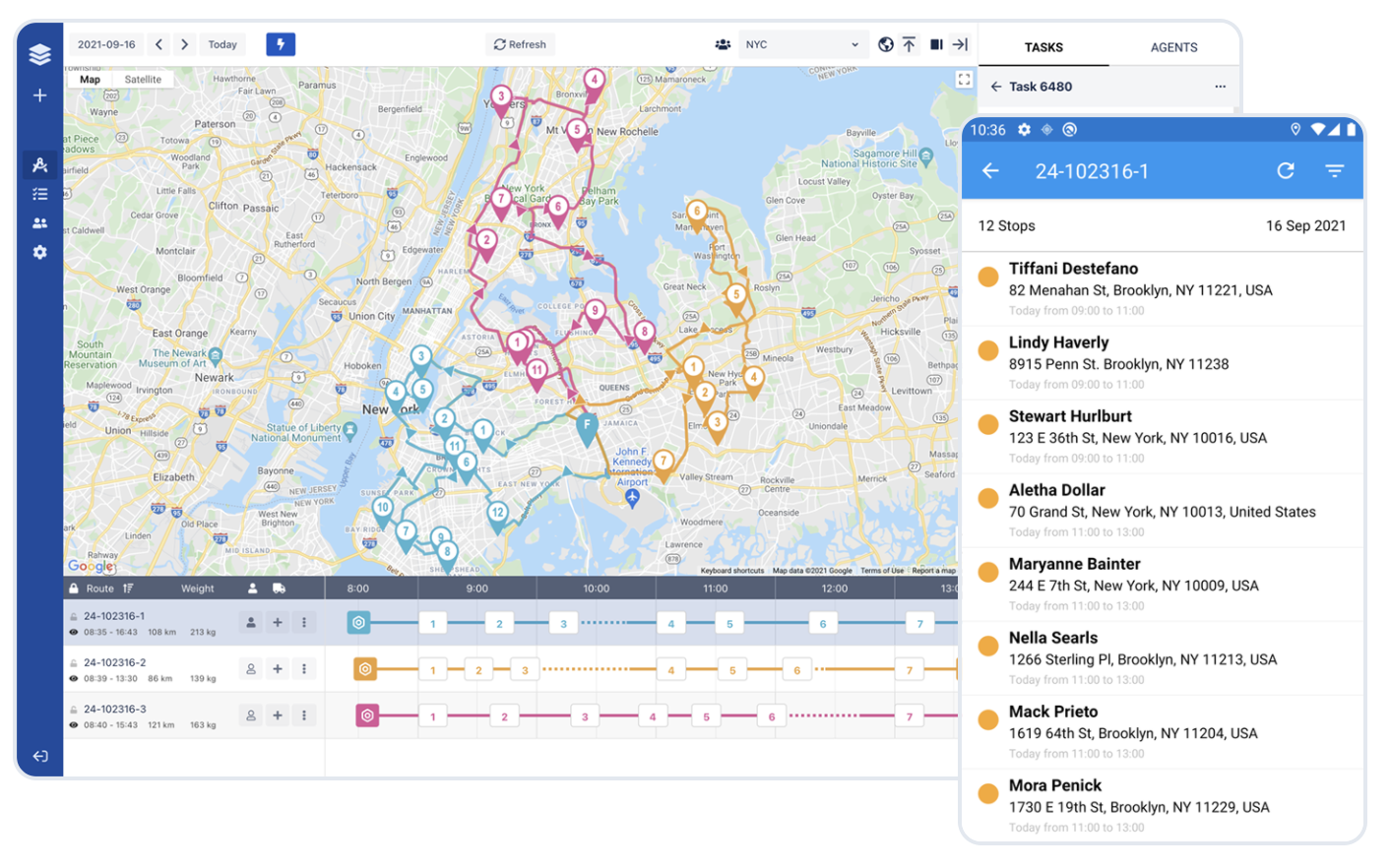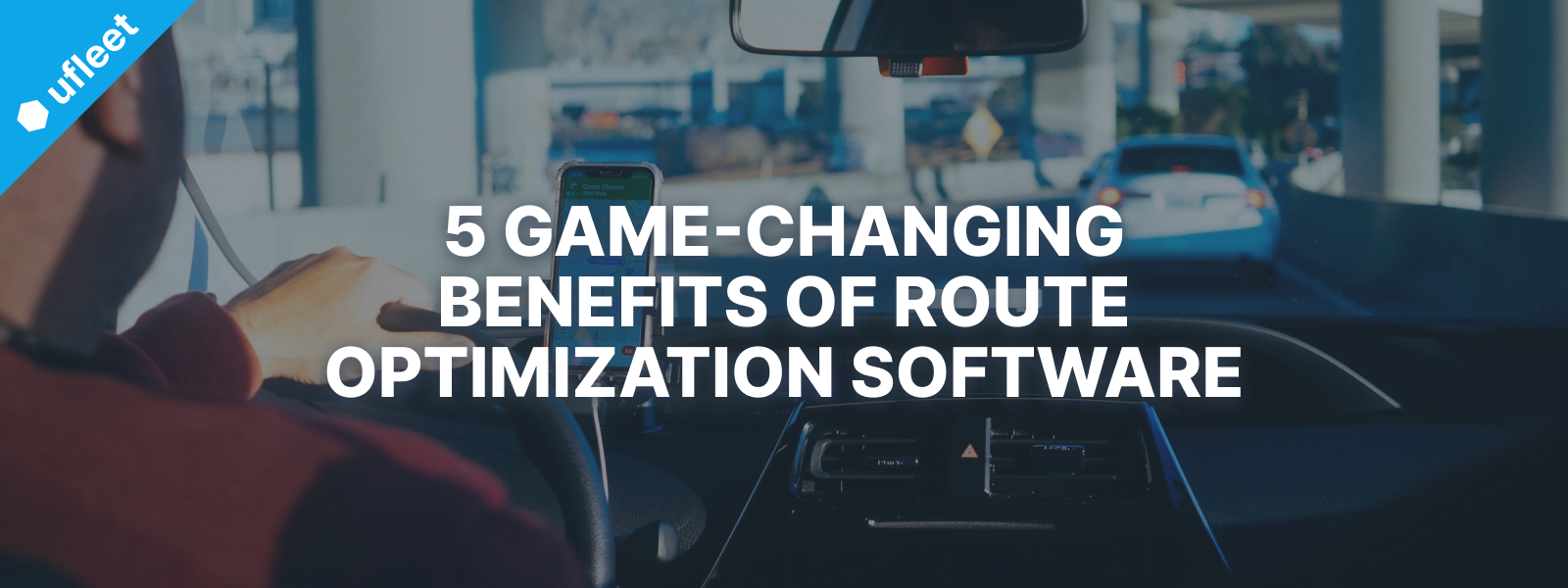Cart abandonment isn’t always symptom of disinterest. It’s almost always friction that can be avoided if you take the right measures.

If your ecommerce store has a 70% cart abandonment rate, you're not alone. That’s the industry average. But here’s the part most store owners miss: cart abandonment isn’t always symptom of disinterest. It’s almost always friction that can be avoided if you take the right measures.
Let’s walk through 10 expert tactics that go beyond email nudges and basic checkout cleanup. These are insights that can make your cart recovery strategy a competitive advantage.
1. Expose total cost upfront
Over 48% of users abandon carts because of unexpected extra costs—mostly shipping, taxes, or fees. It's frustrating for users and it’s also a trust-breaker.
But just showing "Free shipping over $100" won't fix the problem. You need a more sophisticated approach. For example, using ZIP-codes to estimate total costs.
Such solution estimates the cost based on ZIP code input or geolocation. Platforms like Shopify and BigCommerce (see comparison between them) allow early-stage cost previews through APIs. For example, estimate tax based on city/state and show shipping tier options before the customer enters the checkout flow.
💡 Pro Tip: If you ship bulky or variable-weight products, allow for a shipping preview widget directly on the product page.
2. Automate discount code entry
Here’s a conversion killer hiding in plain sight: the promo code box. It tells customers they might be overpaying. So they go hunting elsewhere. And some don’t come back.
The best brands automate discounts based on cart logic—no code required. For instance, instead of “SPRING20,” trigger “10% off” at checkout once cart value exceeds $100. It creates a seamless reward moment, not a distraction.
If you must include a field, use copy like “Gift card or reward code” instead of “Discount code,” and only show it when applicable.
3. Pre-fill returning user info
Speed and convenience are non-negotiables. Shopify Plus data shows that saved checkouts (autofill, saved addresses, stored payment) can improve conversion by up to 30%. But many stores fail to optimize this.
Use PCI-compliant tools like Shop Pay, Apple Pay, or Bolt to tokenize and save user info. Beyond convenience, they reduce form errors—a top reason for mobile cart drop-off.
4. Combat mobile form fatigue
Mobile carts are abandoned at significantly higher rates—often 85% more than desktop. One major reason is cognitive and physical friction during form filling.
Optimizing the design for mobile is a must, and it's the basics, but here are 3 other tips to remove friction on mobile:
- Shorten forms to essentials only (email, shipping, payment).
- Split the process across multiple screens to avoid overload.
- Validate in real-time so users aren’t hit with error messages at the end.
Use thumb-friendly input sizes and minimize text entry. Dropdowns, toggles, and autofill save seconds—and seconds compound.
5. Use targeted exit-intent popups
Exit popups are effective when they’re targeted, for example based on cart value or session depth. Blasting every visitor with a generic offer cheapens your brand and can frustrate customers.
Instead, trigger exit-intent offers for:
- Carts over a certain value threshold (e.g., $150+)
- Users who viewed more than 5 pages or spent over 2 minutes browsing
- Abandonment on the final checkout step
Use conditional logic in your popup tools (like Justuno or Optimonk) to target these segments.
💡 Pro Tip: Offer a time-limited incentive (e.g., “Complete your order in 10 minutes for free shipping”) to convert hesitant high-value shoppers.
6. Cut checkout load time below 2 seconds
Speed at checkout is a silent killer. A Google study found that ecommerce conversions drop by 7% for every additional second of load time. Even if your site loads fast, your checkout page might not.
Measure Time to Interactive (TTI) with Lighthouse or GTmetrix. Aim for under 2 seconds. Key optimizations include:
- Lazy loading external scripts
- Minimizing third-party plugins
- Prioritizing above-the-fold elements
💡 Pro Tip: Run checkout on a subdomain (e.g., checkout.yoursite.com) to isolate and accelerate it independently of your CMS theme.
7. Add local pickup and same-day options
For bulky, urgent, or regulated items—like furniture, flowers, or cannabis—shipping options can make or break conversions. When delivery doesn’t meet the customer’s timeline or expectations, they walk away.
Offer alternatives:
- Local pickup (triggered by ZIP radius or customer location)
- Same-day delivery through local logistics partners or your own team
- Scheduled delivery windows with calendar-style selectors
8. Implement a “Save Cart” feature with Email/SMS
Most carts aren’t abandoned out of disinterest—they’re postponed. A save cart feature turns that hesitation into a future opportunity.
Rather than relying solely on abandoned cart emails (which require checkout info to be filled out), prompt users to save their cart with one field: email or phone number. Even if they don’t convert now, you’ve gained a warm lead.
💡 Pro Tip: Trigger save prompts when exit intent is detected before reaching the checkout form. This way, you capture users who would otherwise vanish anonymously.
9. A/B test payment methods
Not all payment methods convert equally. Apple Pay users convert 2x better than standard forms on mobile. PayPal may convert better in older demographics.
But forcing one-size-fits-all options underperforms. So try A/B testing by device, geography, and customer type.
Use conditional display:
- Mobile? Prioritize Apple Pay or Google Pay.
- International shopper? Offer local gateways like Klarna or Afterpay.
- High-ticket orders? Enable split payments or financing.
💡 Pro Tip: Use GA4 or your ecommerce platform’s reports to measure conversion lift per payment method and re-order them dynamically.
10. Use heatmaps and session replays
Knowing where a user dropped off is helpful. Knowing why is gold. Use heatmaps, scroll maps, and session recordings to identify friction points in your checkout flow. Look for:
- Cursor hesitation before pricing
- Rage clicks on unresponsive buttons
- Abandonment after applying a discount
Tools like Hotjar or FullStory surface patterns that event-based analytics can’t. Use qualitative insights to guide UX tests.
💡 Pro Tip: Set up automatic alerts for sudden spikes in abandonment on specific steps—especially after price changes or design tweaks.
Final thoughts
Fixing cart abandonment is not just slashing prices or sending more emails. On top of that, it requires diagnosing friction, testing hypotheses, and refining the user journey. Every 1% lift in checkout conversion has a compounding effect on revenue.
Never miss a post
You may also like…
You too can reduce costs and improve efficiency with Ufleet
- plan and optimize delivery routes
- manage and empower drivers
- enhance customer experience
- make data-driven business decisions
We’d love to learn about your challenges.
Leave your email and we’ll get back to you.





